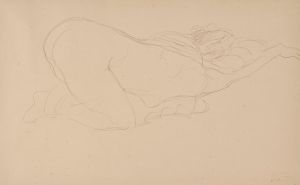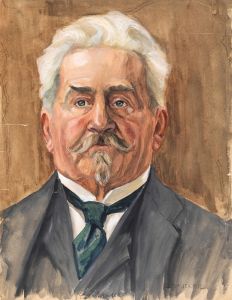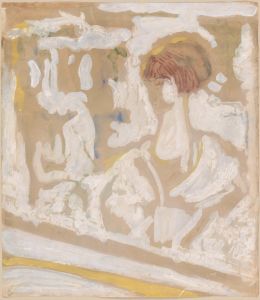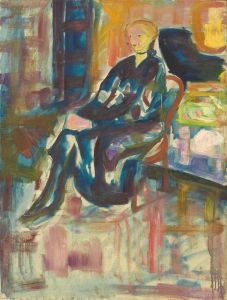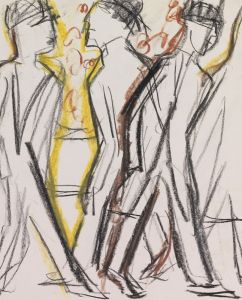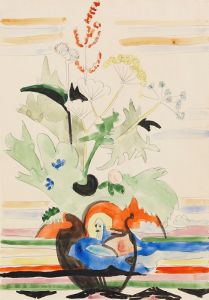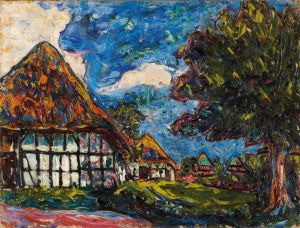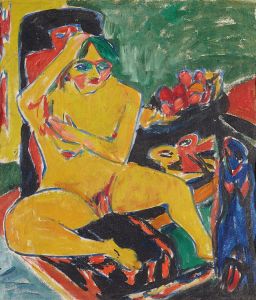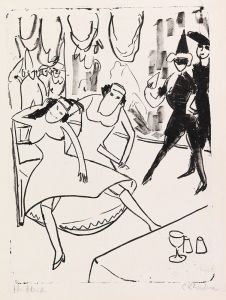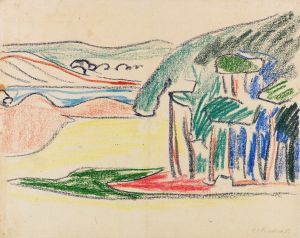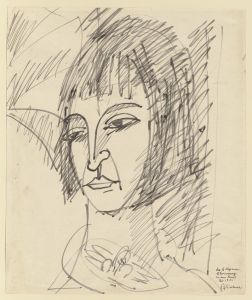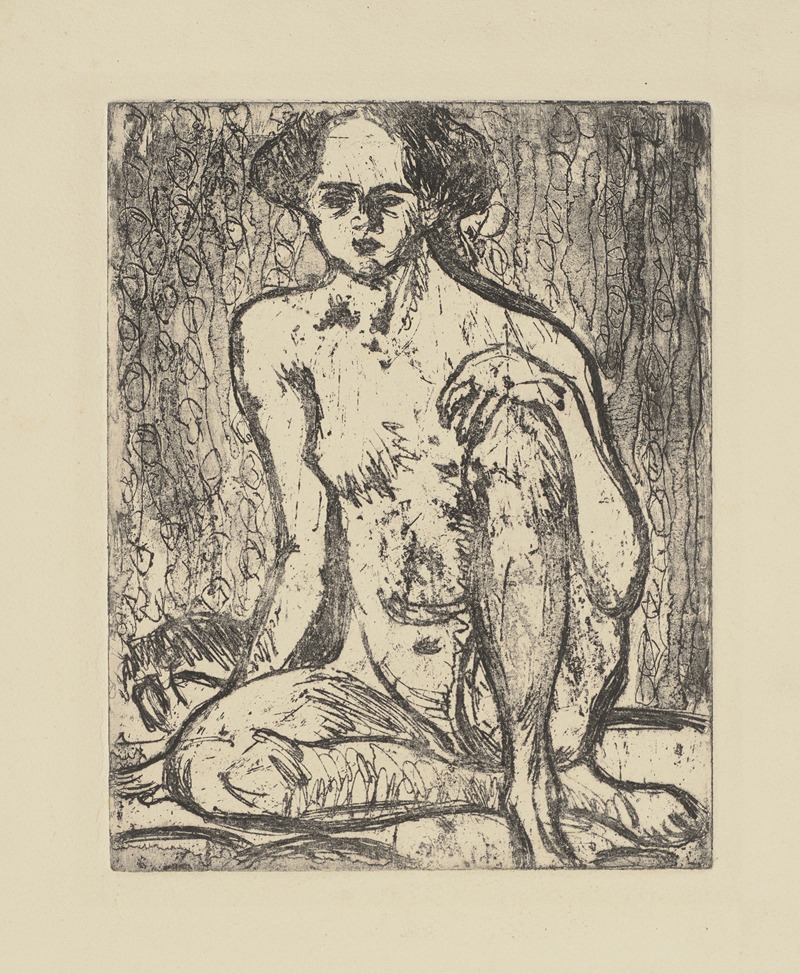
Sitzender Mädchenakt
A hand-painted replica of Ernst Ludwig Kirchner’s masterpiece Sitzender Mädchenakt, meticulously crafted by professional artists to capture the true essence of the original. Each piece is created with museum-quality canvas and rare mineral pigments, carefully painted by experienced artists with delicate brushstrokes and rich, layered colors to perfectly recreate the texture of the original artwork. Unlike machine-printed reproductions, this hand-painted version brings the painting to life, infused with the artist’s emotions and skill in every stroke. Whether for personal collection or home decoration, it instantly elevates the artistic atmosphere of any space.
Ernst Ludwig Kirchner was a prominent German expressionist painter and one of the founding members of the artist group Die Brücke (The Bridge), which played a pivotal role in the development of modern art in the early 20th century. Among his many works, "Sitzender Mädchenakt" (Seated Female Nude) is a notable piece that exemplifies his distinctive style and thematic focus.
"Sitzender Mädchenakt" was created during a period when Kirchner was deeply engaged with the themes of modernity, urban life, and the human form. His work is characterized by bold colors, dynamic compositions, and a sense of immediacy and emotional intensity. Kirchner's approach to the human figure often involved a departure from traditional representations, favoring instead a more abstract and expressive style that sought to capture the psychological and emotional essence of his subjects.
In "Sitzender Mädchenakt," Kirchner employs a vivid palette and energetic brushwork to depict a seated female nude. The figure is rendered with a sense of rawness and vitality, reflecting Kirchner's interest in the primal and instinctual aspects of human nature. The use of color in the painting is particularly striking, with contrasting hues that create a sense of tension and movement within the composition. This use of color is a hallmark of Kirchner's work, as he often used it to convey mood and emotion rather than to adhere to realistic representation.
The subject of the nude was a recurring theme in Kirchner's oeuvre, and it was central to the expressionist movement as a whole. For Kirchner and his contemporaries, the nude was not merely an academic exercise but a means of exploring deeper truths about the human condition. In "Sitzender Mädchenakt," the figure's pose and expression suggest a sense of introspection and vulnerability, inviting the viewer to engage with the painting on a more personal and emotional level.
Kirchner's work was heavily influenced by the socio-political context of his time, including the rapid industrialization and urbanization of Germany, as well as the tumultuous events leading up to and following World War I. These influences are evident in the sense of anxiety and alienation that permeates much of his work, including "Sitzender Mädchenakt." The painting reflects Kirchner's attempt to grapple with the complexities of modern life and the impact of these changes on the individual psyche.
Throughout his career, Kirchner faced numerous challenges, including struggles with mental health and the eventual condemnation of his work by the Nazi regime, which labeled it as "degenerate art." Despite these obstacles, Kirchner's contributions to the expressionist movement and his impact on the development of modern art remain significant. His work continues to be celebrated for its innovative approach and its ability to convey the emotional depth and complexity of the human experience.
"Sitzender Mädchenakt" stands as a testament to Kirchner's artistic vision and his ability to capture the essence of his subjects with both intensity and sensitivity. The painting remains an important piece within the broader context of expressionist art and continues to be studied and appreciated for its artistic and historical significance.






